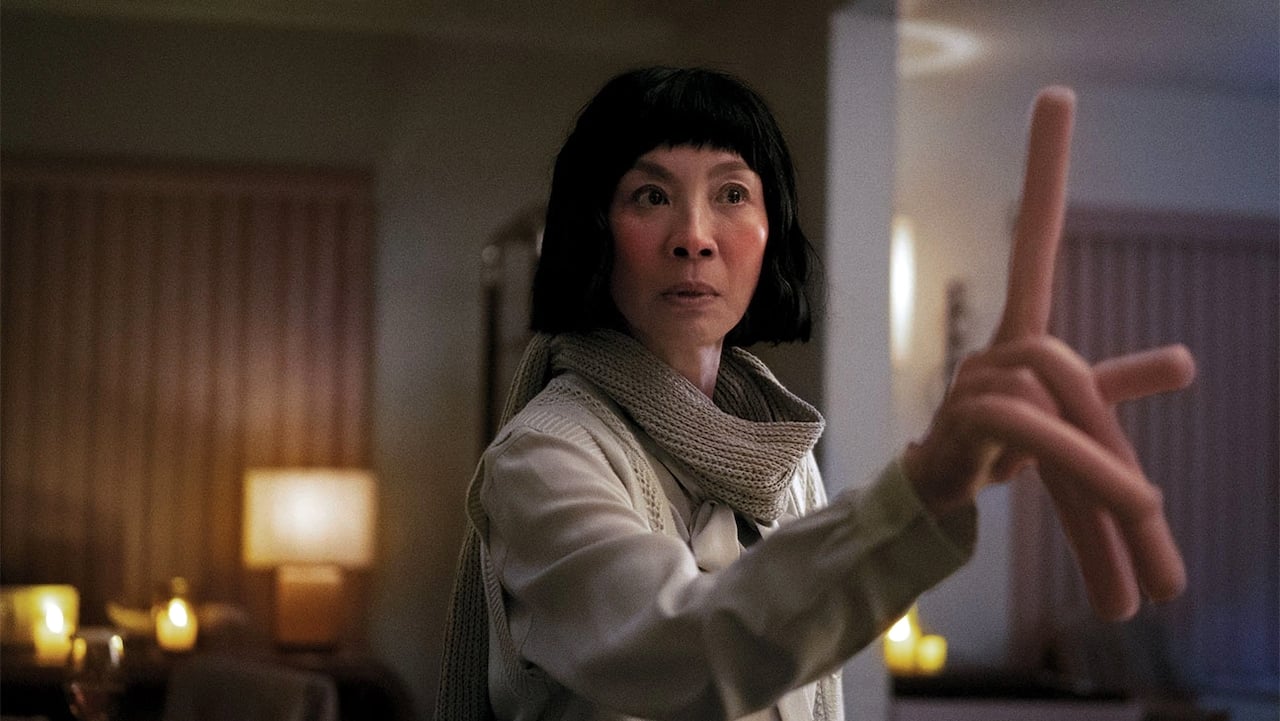Using Film Tropes in Screenwriting
September 16, 2024
A film trope is a thematic storytelling device that conveys an idea to the audience.
If a trope is utilized enough over time, avid filmgoers and critics will become aware of the device and will be able to spot it when it appears. For example, the Hero’s Journey is a popular story template for movies, and within this template are several common tropes: the protagonist has lost a parental figure, they initially refuse a calling, they get initiated into a new world by a mentor, and eventually they come into their own and become a hero.
Though tropes are primarily discussed in film criticism, it’s important for a screenwriter to be aware of such terms: film industry professionals are well-versed in the language and vocabulary of cinema, and they will expect you to be as well. If you’re in a development meeting and a producer casually throws out the word “trope” and you don’t know what they’re talking about, you won’t be as effective in the room or at your job as a screenwriter.
Ultimately it’s your task to communicate ideas — to both colleagues in the development stage and to an eventual audience — and the more fluent you are in the language of cinema, the easier it’ll be for you to do. Understanding film tropes will make you more aware of the mechanics of narrative, and it will help you to generate ideas and “crack a story” (i.e. come up with plot points that are satisfactory to the producers, director, etc.).
Film Tropes vs Film Cliches
You might be thinking, what’s the difference between a trope and a cliche? First and foremost, a trope is a theme or idea expressed in a work of art: it doesn’t necessarily have to be frequently used or popular. However, even a common trope is a little different than a cliche; tropes tend to be broader than cliches, and they can oftentimes not appear cliche if well executed.
For example, the Final Girl is an archetypal character that appears in many horror films. One can argue they’re such an important fixture of the genre that — although a Final Girl protagonist is definitely formulaic — it’s a little reductive to write off all Final Girls as “cliche.” Now if we’re talking about certain characteristics of a Final Girl, cliches are likely to emerge. In the 1980s the trope that the Final Girl was often a virgin or a wholesome “girl next-door” type became so overused, it quickly turned into a cliche.
Common Film Tropes
When discussing common tropes, the film’s genre usually comes into play. Certain types of films use certain tropes, and over time they help to define the genre.
As discussed above, horror films have the wholesome Final Girl and numerous other tropes that were highlighted in the original Scream; this was done via the character of horror film fanatic Randy citing “the rules” of surviving a horror movie. These rules were essentially common tropes, and they included characters who engaged in sex, drinking or drug use being certain to be killed (as well as characters who wandered off on their own). Another common trope in modern horror films is a traumatic event in the protagonist’s backstory, which is somehow reflective of their current predicament.
Many fantasy and adventure films also follow the Hero’s Journey story template. Lord of the Rings and Star Wars are the best examples of the Hero’s Journey, but many superhero and family animated films follow this template as well. Once again, common tropes within this template include loss of parental figures, initial refusal of the journey, initiation by a mentor, the pupil comes into their own, etc. These tropes are still so popular, you’d be hard-pressed to find an adventure film without them.
Tropes are arguably most pronounced in subgenres (i.e. a specific offset of a larger genre). For example, in a revenge thriller (a subgenre of action films) it’s a common trope for someone close to the protagonist (usually a family member) to be killed, and this tragic event sets them off on their path of revenge. You’ll see this trope in films going back to the original Death Wish and still being utilized in contemporary revenge thrillers (e.g. John Wick, Wrath of Man).
In all of the above examples, these tropes help to flesh out the narrative of their respective stories: creating “cause and effect” scenarios the writers built from.
Subverting Film Tropes
When a trope becomes so ingrained in our collective consciousness that they’re familiar or taken for granted, it gives a screenwriter a great opportunity: subvert the trope.
Now I don’t mean you should ignore the trope or simply not use it — actually the contrary — you first have to establish something in order to subvert it. This creates an expectation for the audience, and when suddenly you subvert this expectation and push the story in a different direction, it can be quite shocking and stir excitement.
Sometimes you don’t even have to go as far as to subvert a trope, you simply need to put a new spin on it. In the first John Wick film, the loved one the protagonist is avenging isn’t a wife or child or even a human being. This tweaking rather than subverting of this revenge thriller trope was enough to make the story feel fresh, and it was highly effective with viewers. This technique calls to mind the following film industry adage: “the same but different.”
So when writing, be aware of the most common tropes of your script’s genre and think of ways to subvert them or simply tweak them to make your script stand out.
Written by: Edwin Cannistraci
Edwin Cannistraci is a professional screenwriter. His comedy specs PIERRE PIERRE and O’GUNN both sold with more than one A-list actor and director attached. In addition, he’s successfully pitched feature scripts, TV pilots and has landed various assignment jobs for Universal, Warner Bros, Paramount and Disney.



